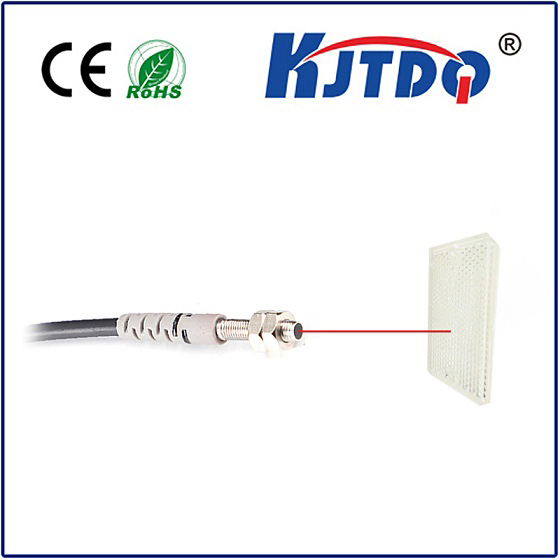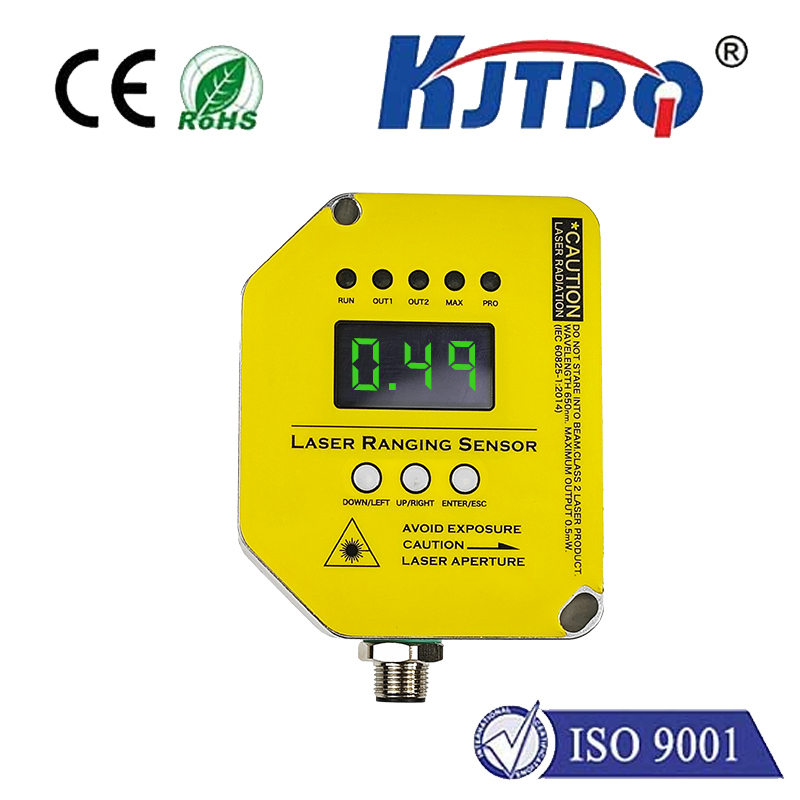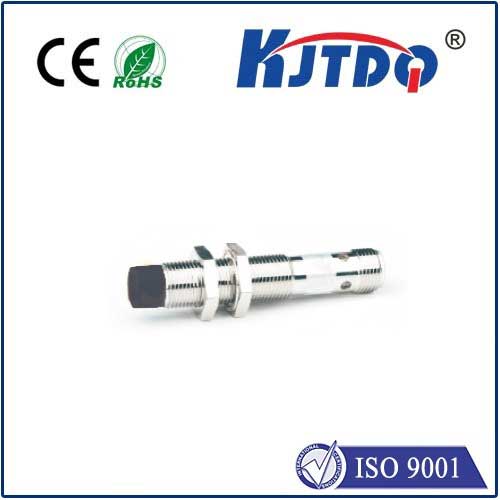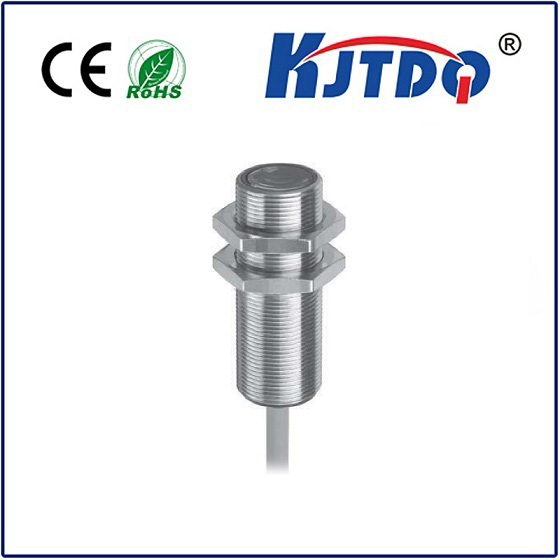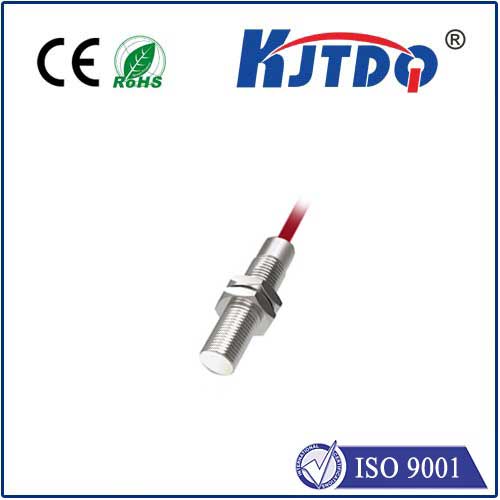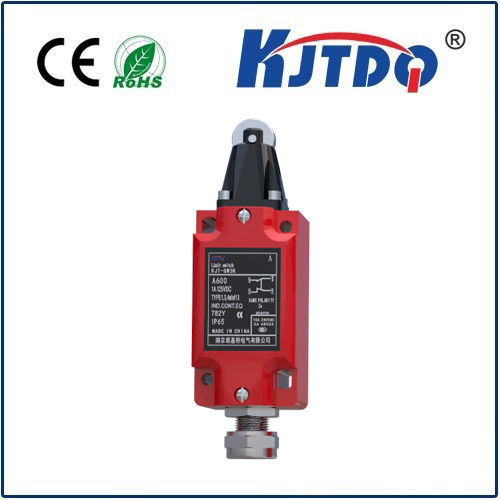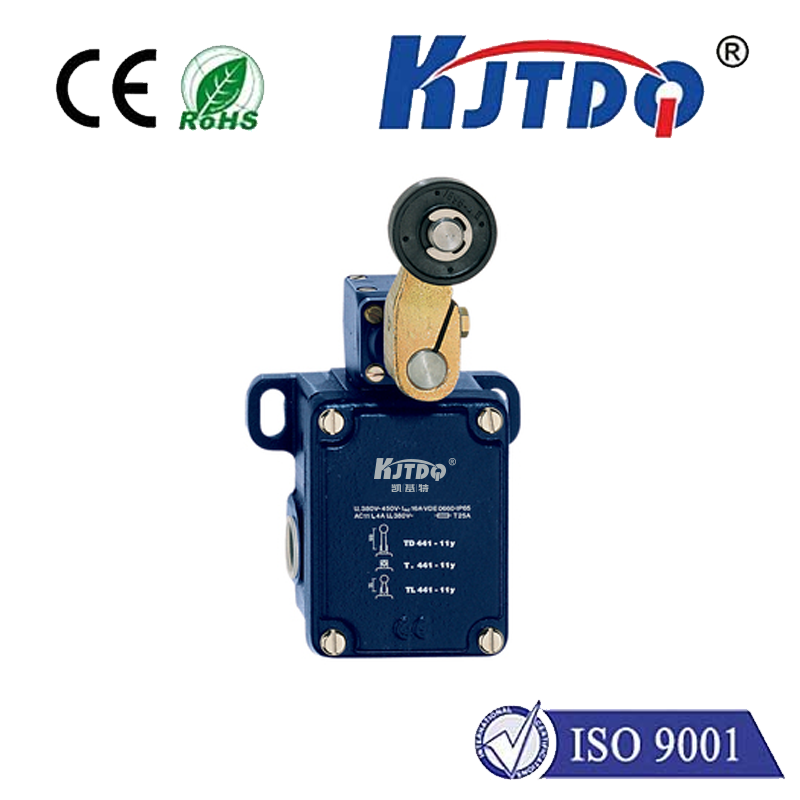
check

check

check

check
Photoelectric sensors are devices that detect changes in light intensity and convert them into electrical signals. They have a wide range of applications in industries such as manufacturing, robotics, and automation. In this article, we will explore the various functions of photoelectric sensors and how they contribute to improving efficiency and productivity.
One of the primary functions of photoelectric sensors is object detection. These sensors can be used to detect the presence or absence of an object in a specific area. For example, in a conveyor belt system, a photoelectric sensor can be used to detect when a product has reached a certain point on the belt. This information can then be used to control the movement of the belt or trigger other processes.

Another important function of photoelectric sensors is distance measurement. By measuring the time it takes for light to travel from the sensor to an object and back, these sensors can calculate the distance between the two points. This information can be used in applications such as quality control, where precise measurements are required to ensure that products meet specific standards.
Photoelectric sensors also play a crucial role in safety systems. They can be used to detect potential hazards or obstacles in the path of machines or vehicles. For example, in a manufacturing plant, a photoelectric sensor can be used to detect when a machine is about to collide with another object, allowing workers to take appropriate action to prevent accidents.
In addition to their practical applications, photoelectric sensors are also essential components in research and development. Scientists use these sensors to study phenomena such as light absorption and reflection, which can help to improve our understanding of the natural world.
Overall, photoelectric sensors are versatile tools that have a wide range of functions. Whether used for object detection, distance measurement, safety systems, or scientific research, these sensors are essential components in many industries and continue to play a critical role in advancing technology and improving efficiency.
